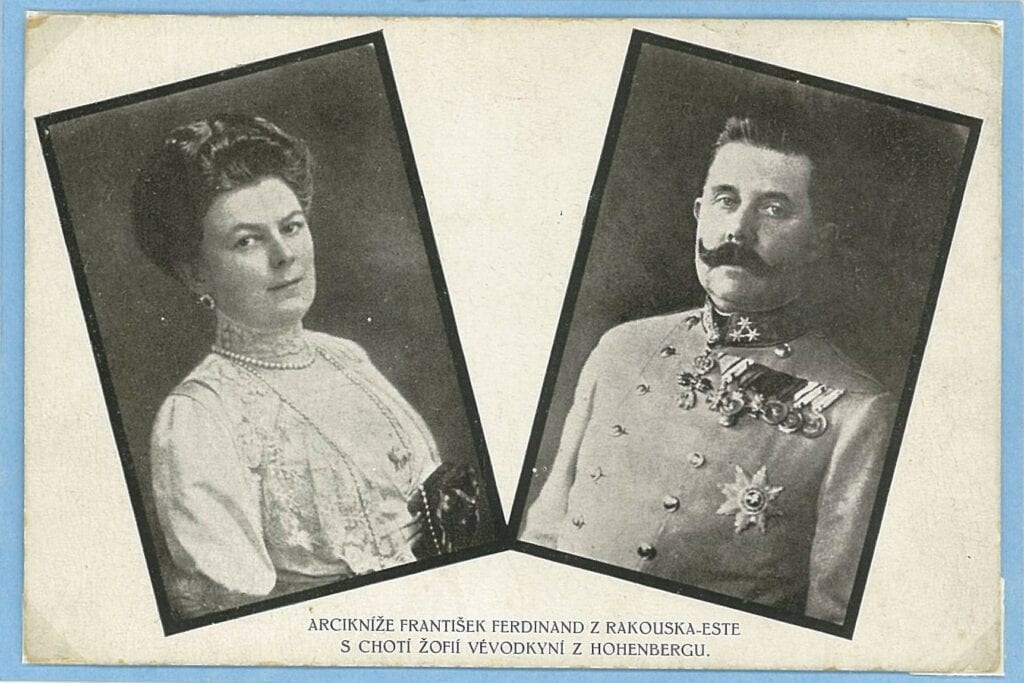Beginning of World War I
The shots that killed the Archduke of Austria on 28 June 1914 were not the real cause of the war machine of World War I. Germany had already prepared a military "Schlieffen Plan" to surprise France, Belgium and Great Britain.
Its ultimate goal was to create a German Central Europe (Mitteleurope), encompassing the existing Habsburg monarchy, the Balkans and the part of Eastern Europe dominated by Russia.
Austria-Hungary also saw a possible war as an opportunity to
"to solve the national problems of the Habsburg Empire at the expense of the Slavic peoples. Among other things, this would also resolve the conflict in Serbia of twenty-three million.
Gradually, the rifts between the opposing powers became so deep
and diplomatically unresolvable, that the Sarajevo assassination of Franz Ferdinand was a convenient pretext for declaring and starting the war.
The strategic plan of the German command assumed that the war on the western front would be decided by a quick victorious strike against France, and then the offensive in the east would come next. This plan ended in the failure of the war operations. The promised return of the troops from the front "to the plum tree" or at the latest "before the leaves fall from the tree in 1914" did not materialize.
For four years, hundreds of thousands of men lived in stinking, often drenched
in the trenches, every step of the way accompanied by the threat of artillery shells, sniper bullets and combat gases.
The war continued as a protracted trench warfare full of casualties that led to the complete economic exhaustion of the home front. It claimed three and a half million dead soldiers from Germany and the Central Powers. On the side of the Agreement, the figure was five million and fifty-two thousand. Fifty thousand rounds were fired for each fallen soldier.


